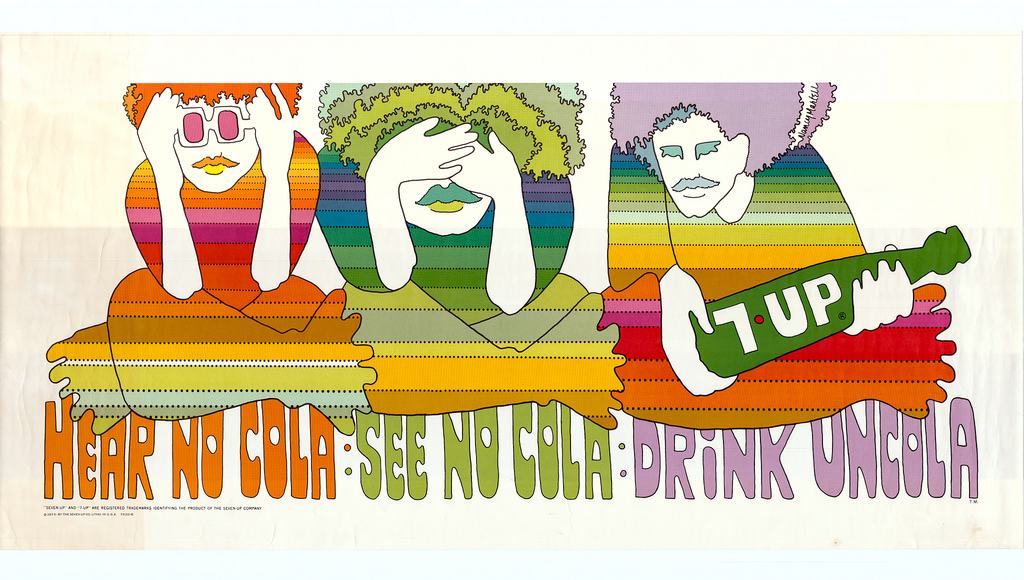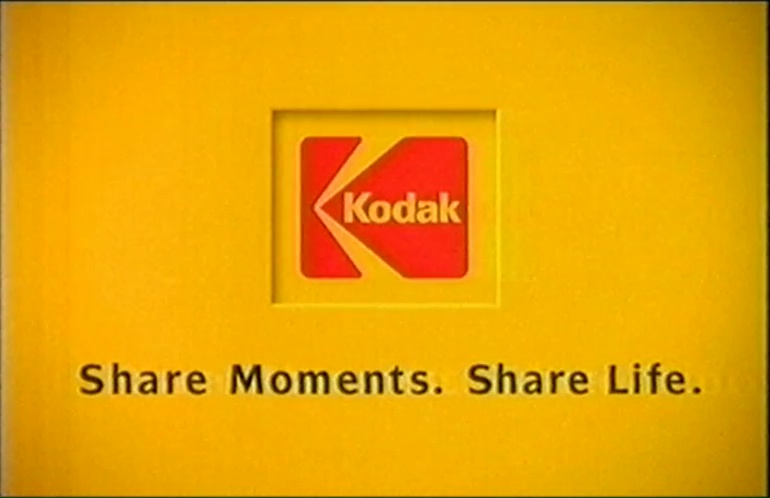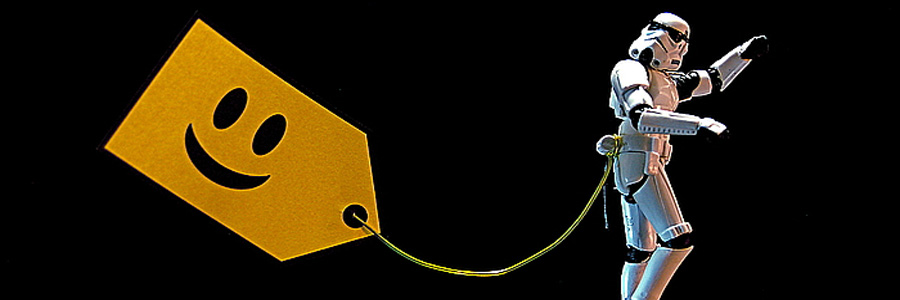If you want to write a great tagline, first understand the nature of one.
A tagline is NOT the same as a slogan. Slogans come and go throughout product campaigns, and they vary among different target markets. Let’s say Ghostbusters release a mass-produced ghost repellent spray called “Ghost Away.” To sell the product, they might come out with a product slogan in the realm of, “Don’t Be Ghoulish. Try Our Spectral Pepper Spray.” This appeals to the target market of humans who attract ghost stalkers, informs about the product, and (maybe) sticks in the brain. Okay, okay, we are aware the slogan is super cheeseball.

A tagline associates with the brand as a whole. In the realm of Ghostbusters, this is the classic “Who ya gonna call?” phrase (and catchy song!). A tagline should stand the test of time, remain consistent, and invite people to say things like, “If I hear one more person quote the ‘can you hear me now?’ guy, I’m gonna flip out all over this waiting room.”
A tagline should not be a company’s mission statement. A mission statement is for the internal world of a company. A tagline is for the external world. A tagline should inform and inspire.
How do you write a tagline that does this?
Focus, focus.
A tagline will never please everybody, but often, they are designed to attempt doing so. That, it is often said, is why many taglines fail. Nothing pleases everybody. You only need to appeal to your audience. So, know your audience and ask yourself: what does the company offer them? Be specific. Be very specific.
7 Up could offer soda drinkers an alternative to the standard cola drink. So they came up with “The Uncola.” Simple, direct, and precise. Brilliant.

Clarity. Not Clever-ty.
“The Uncola” just so happens to be pretty darn clever, but cleverness should not be the goal. Cleverness should be a byproduct of two things: shortening your message and clarifying your message. There’s nothing worse than cleverness for cleverness’ sake, especially when you distort the ability to understand what you want to be understood. There’s nothing clever about Kodak’s old “Share Moments. Share Life.” But, it’s undeniably clear. It’s so clear, so precise, so simple, so in tune to its audience that it doesn’t need to flex its funny bone.

Not Cliché. Not Imitative.
When coming up with a tagline for a brand, you’re trying to set the brand apart from its competitors. Why then, do we often find companies with similar taglines? Why do we see clichés in taglines? Clichés are only useful when you twist them into something clever and memorable, i.e. Taco Bell’s “Think Outside The Bun.” Remember the “Yo Quiero Taco Bell” dog? Of course, you do. The dog was everywhere and Taco Bell was able to capitalize on the successful campaign with a merchandising push. How many shirts and other smaller companies started saying Yo Quiero (insert anything here).
When companies start imitating other taglines, it directs attention back to the original brand. Why would you give away the brand equity at the expense of your own?
Get in. Get out.
You’ll never do more work for just a few words. Taglines are like a good photograph. The trick is to say 1,000 words with 1% of that amount. Say it, say it quickly, and stop saying it. A general rule is to say it in 7 words or less. Of course, you can break the rules as MasterCard did with: “There are some things money can’t buy. For everything else, there’s MasterCard.” But, if you think about it, after the phrase appeared in commercials, the tagline was usually shortened to “For everything else, there’s Master Card.” 6 words. The first sentence became an implied part of the tagline. This is a high-wire act, but it worked well. Might have something to do with their budget and ability to saturate the media.


